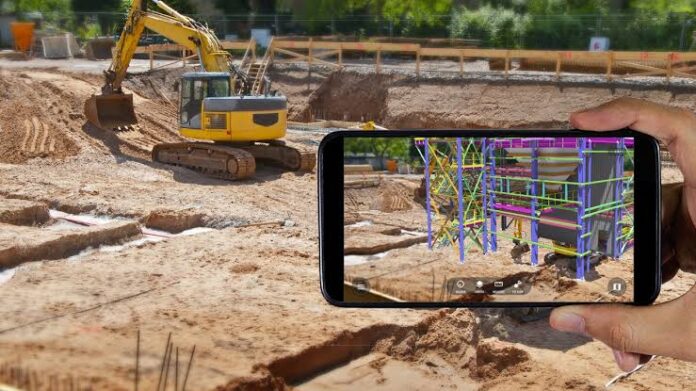Augmented reality, or AR, is revolutionizing many professions and trades, construction among them. AR superimposes computer-generated graphics on top of real-life objects through the use of gadgets such as mobile devices and tablets. It is an innovative technology that is revolutionizing site planning for construction projects. Keep on reading to continue learning more!
Seeing is Believing Before the Structure is Constructed
Another significant advantage of AR is that it provides an opportunity to view an Electrical Estimating Outsourcing project on the ground before the actual construction takes place. At a full scale, the proposed structure can be previewed with the help of AR headsets or applications installed on a mobile device. It affords all the stakeholders a rich feel of the ultimate design. This enhances dialogue and highlights problems at their inception.
AR also allows the testing of different layouts or materials at the site of a particular project. It is easy to adapt digitally as opposed to having to adapt after expensive components physically have been put in place. AR makes planning faster, smarter, and more flexible when compared to traditional planning methods.
Optimizing Space Planning
Accuracy is very important in construction, specifically in space allocation. It provides an avenue for managers to try out different equipment placements without the risk of being stuck with them. For instance, an excavator model can be temporarily positioned at different locations on the site when calculating distances to boundaries and/or barriers.
AR helps to distinguish clashing, cluttering, and other spatial problems quickly. Also, when it is necessary to make modifications due to space restrictions in the middle of a project, AR allows for such changes to be made quickly. Site architecture changes are made more quickly than fundamental reconstructions. This is economical and avoids time wastage.
Enhancing Project Understanding
These are general statements, but there are some clients, investors, and other stakeholders who experience confusion with architectural plans. With the use of AR, such persons can be made to have an easy and practical way of perceiving a project.
That is why when allowing stakeholders to engage with photorealistic AR renderings, understanding is enhanced and so is the endorsement. This also prevents misinterpretations that could lead to a lot of rework in the future and hence saves cost. Thus, with AR, each of the concerned parties has a better understanding of what the upcoming build would look like.
Improving Safety
AR makes it easier for construction crews to demonstrate and assess potential dangers more effectively. Accidents at work that can be an issue, such as failure of scaffolds, falls, or equipment, can be simulated without real incidents happening. Managers and coordinators in safety can then analyze and assess problems that arise and do so through enhanced training, changes in procedures, or structural adjustments.
Construction Cost Estimators can also use AR for safety prompts while constructing buildings. Additional hazard indicators and/or directions or messages serve to remind the client of the correct precautions. Moreover, with AR, there is a chance to immediately turn to managers to clear up uncertainties. By enhancing the safety of job sites one is cutting costs and saving lives.
Enhancing Electrical Estimating Accuracy
It is crucial to have a precise electrical estimate for any construction project to determine costs and bid accurately. However, estimates are usually rapid, global impressions based on the estimator’s expertise.
AR allows detailed 3D utility routing to be overlaid on the floor plans. Transportation routes and interfaces are easily traced to improve the assessment. By quantifying the material cost and labor costs correctly, there will be little cost buildup that originates from guesswork. AR-powered software also lets Electrical Estimating be outsourced efficiently. There are companies, for instance Construction Estimating Services Florida that offer this service. The estimates from AR and outsourcing are refined, thus avoiding averting shocks to the budget.
Aiding Collaboration Across Teams
Construction projects are large and require many partitions working together to achieve a common objective. However, weak coordination of architectural plans leads to some disparities in mechanical designs, utility routing, and so on. This results in disagreements as soon as construction is underway.
In AR models, the advantage is that all components can be modeled and visualized on-site. Disagreements between structures, systems, and components are distinguished early while they are in the virtual modes. Further, when tasks have geographic context through AR, then progress monitoring is enhanced. The interaction between cross-functional teams is promoted. Finally, integrated and unhampered teamwork reduces time wastage through cycles of work interruption.
Conclusion
From space planning to hazardous-free planning, AR is revolutionizing construction site planning. It offers real visualization that comes in handy when experimenting, learning, or expressing ideas. AR allows for classifying problems and concerns before they progress into physical symptoms. Building the building right the first time, on time, and at a reasonable cost is now much easier with the use of augmented reality. With the progress of this technology, the planning of construction sites will be more and more modernized.

